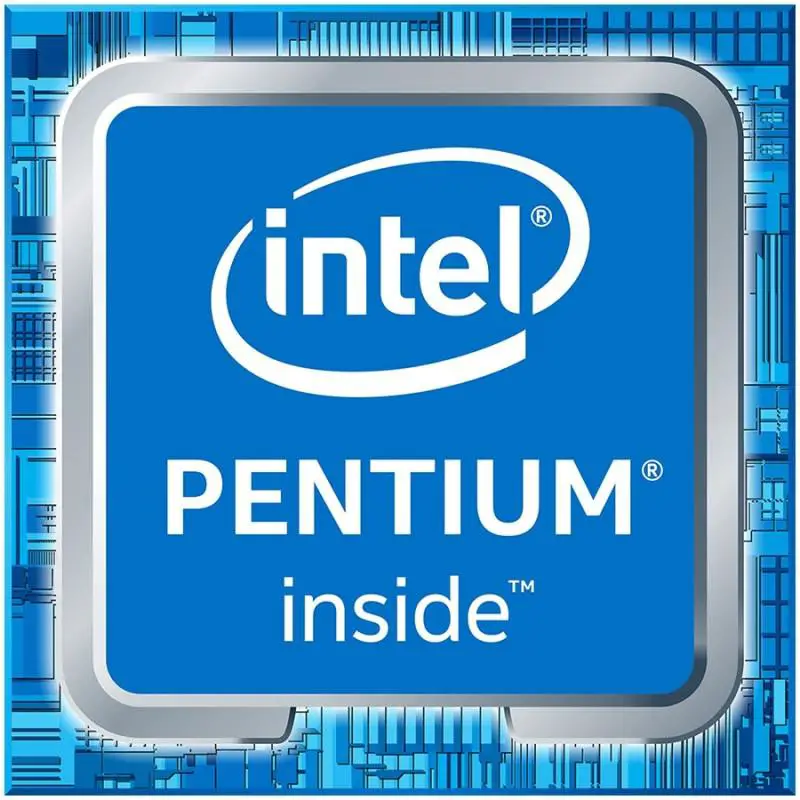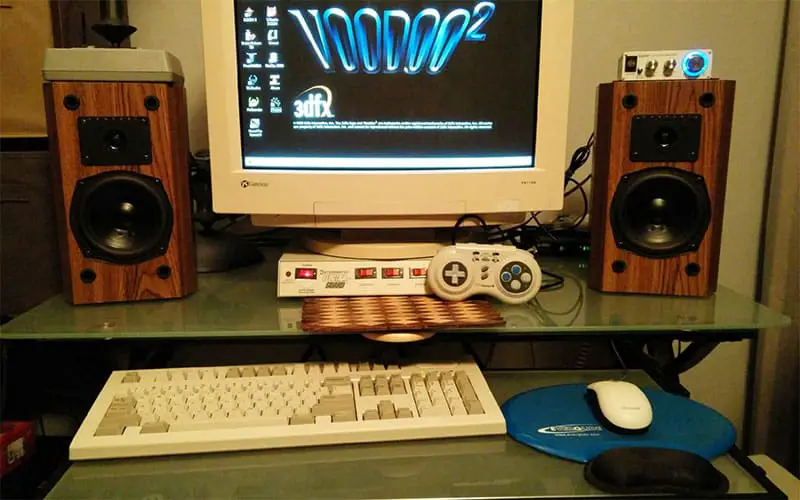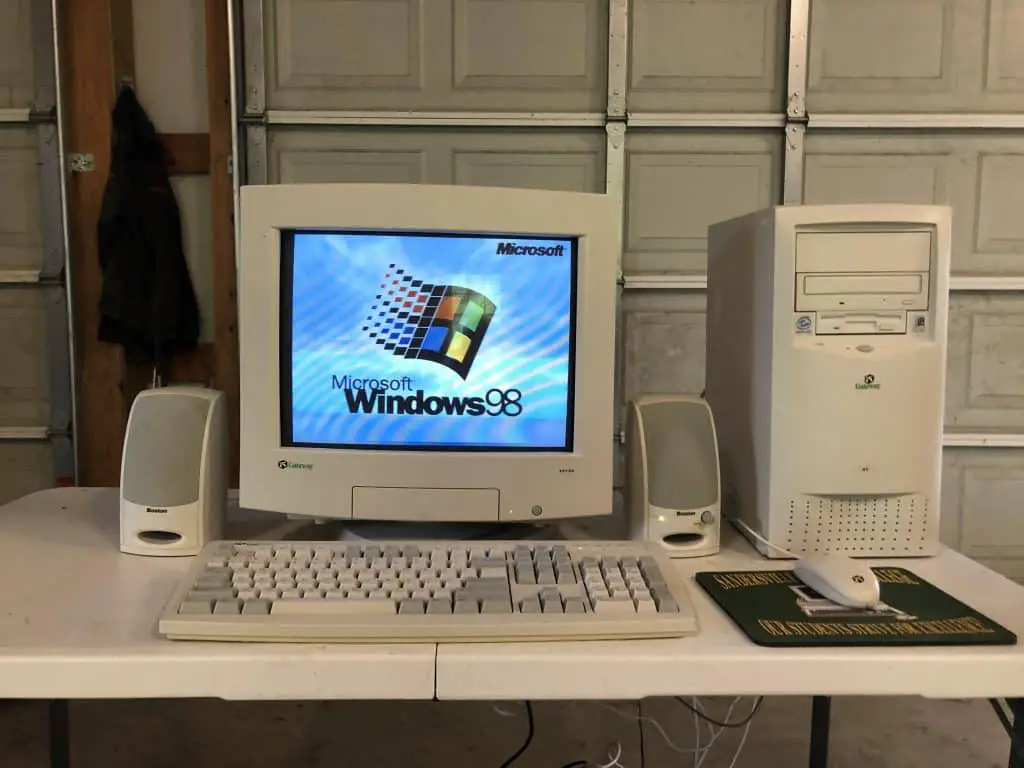Architecture i686 represents a significant chapter in the history of computing, particularly in the field of microprocessors; this article will explore the birth of the i686 architecture, its evolution over time, the most famous processors from AMD and Intel that have adopted this architecture, its uses today (there aren’t many, but they’re still around), and a conclusion on its impact and legacy.
The Birth of the i686 Architecture
This type of architecture, also known as Pentium Pro, is a sixth generation microprocessor architecture from Intel’s x86 family (x86 is 32-bit, so to speak).
The first processor based on this architecture, the Intel Pentium Pro, was launched in November 1995. The i686 architecture represented an evolution of the previous i586 (Pentium) architecture, introducing significant improvements in performance and computing capacity.
One of the major innovations of the i686 architecture was the implementation of a superpipelined, superscalar pipeline, which allowed it to execute more instructions per clock cycle than its predecessors; Furthermore, the architecture introduced an L2 cache integrated into the processor package, further improving performance.
The life of architecture i686
Despite its significant impact, the lifespan of this motherboard architecture in the history of computing has been relatively short, considering how quickly the industry evolves. After the launch of the Pentium Pro, the i686 architecture continued to be used in subsequent Pentium II, Pentium III and some Celeron models, all based on the same technological base with various optimizations and improvements.
Intel Pentium II
Launched in 1997, the Pentium II It used the same basic architecture as the Pentium Pro, but with an improved design for use in consumer personal computers. The Pentium II introduced MMX (MultiMedia eXtension) technology, improving performance in multimedia applications.

Intel Pentium III
The Pentium IIIlaunched in 1999, was a further evolution of the Pentium II, with the addition of the SSE (Streaming SIMD Extensions) instructions, which improved performance in multimedia and scientific applications.
AMD K6-2 and K6-III
AMD, a historical competitor of Intel, adopted the i686 architecture with its K6-2 and K6-III processors, launched in 1998 and 1999 respectively; these processors were compatible with x86 instructions and offered a competitive alternative to Intel processors for the personal computer market.
AMD K6-2 and K6-III: The Affordable Alternative
AMD’s K6-2 and K6-III processors, also based on the i686 architecture, provided an affordable alternative to Intel processors, allowing a wider audience to access high-quality gaming experiences.
The K6-2 introduced support for instructions 3DNow!which further improved graphics performance in games, while the K6-III offered a larger L2 cache and superior performance.
The i686 architecture and its connection to video games
The i686 architecture also had a significant impact on the world of video games, contributing to the evolution of PC gaming during the second half of the 90s; with the launch of the Pentium Pro, Pentium II and Pentium III processors, computers based on this architecture became powerful enough to support games. with advanced graphics and complex artificial intelligence algorithms.
Pentium II and the Golden Age of PC Gaming
The introduction of the Pentium II in 1997 coincided with what many consider the golden era of PC gaming. Thanks to MMX technology, which improved multimedia performance, and the high computing capabilities of the processor, games such as “Quake II”, “Half-Life”, “StarCraft” and “Age of Empires II” could fully exploit the available hardware resources .

These titles not only offered improved graphics and more complex gameplay, but they were starting to explore new frontiers in online multiplayertaking the PC gaming experience to a new level.
Pentium III and Innovation in Games
The Pentium III, launched in 1999, continued to improve the gaming experience with the introduction of SSE instructions (Streaming SIMD Extensions); these new instructions allowed more efficient management of graphics and multimedia operations, making more advanced visual effects possible and improving the overall performance of games; so much so that titles like “Unreal Tournament”, “Deus Ex” and “The Sims” benefited from these innovations, offering high-quality graphics and smooth gameplay.
The lasting influence on video games
The i686 architecture has therefore played a crucial role in the development of the video game industry, providing the computing power necessary to support increasingly complex titles and graphically advanced.

Although processors based on this architecture are considered obsolete today, the impact they have had on games and the evolution of PC gaming is undeniable; many of the classics developed during this period remain milestones in video game history and continue to be played and appreciated by new generations of gamers.
Famous processors based on the i686 architecture
The i686 architecture, despite its short life, gave birth to some of the most famous processors in the history of computing.
Intel Pentium Pro and Intel Pentium II and III
As mentioned in the previous paragraph, these from Intel are certainly not only the most famous, but the most successful processors of this architecture.
The Pentium Pro, as mentioned above, was the first processor based on the i686 architecture. Designed for server and workstation applications, It offered high performance and an integrated L2 cache.

These processors represented the natural evolution of the Pentium Pro, bringing the i686 architecture to the consumer market with significant improvements in performance and support for new multimedia technologies.
AMD K6-2 and K6-III
AMD’s K6-2 and K6-III processors, based on the i686 architecture, offered an economical and high-performance alternative to Intel processors, helping to diversify the personal computer market in the 1990s.
Current uses of the i686 architecture
Today, the i686 architecture is considered obsolete by modern computing standards. However, there are still some areas where this architecture finds use; for example, in legacy systems and in some embedded devices where hardware resources are limited and an upgrade to the latest architectures is not necessary.
Some Linux distributions continue to support the i686 architecture to ensure compatibility with older hardware.
Legacy of the i686 architecture
The i686 architecture left such a significant impact that even today many software requires compatibility tools to run 32-bit applications; although the microprocessor industry has evolved towards 64-bit architectures, the vast software ecosystem developed for the i686 architecture remains relevant.

Many modern operating systems, such as Windows and various Linux distributions, continue to include libraries and support for running 32-bit applications, ensuring that older programs can run properly on contemporary hardware and operating systems; this need for backwards compatibility demonstrates the enduring importance and influence that the i686 architecture has had and continues to have on the world of software.
Conclusion
The i686 architecture represented a critical step in the evolution of microprocessors, introducing innovations that significantly improved the performance and capabilities of computers during the 1990s.
Despite its relatively short life in the history of computing, the i686 architecture left a lasting imprint, influencing the development of subsequent generations of processors; today, although superseded by more modern architecture, continues to be used in specific contexts, demonstrating its versatility and historical importance.
#i686 #Architecture #Changed #Computing
